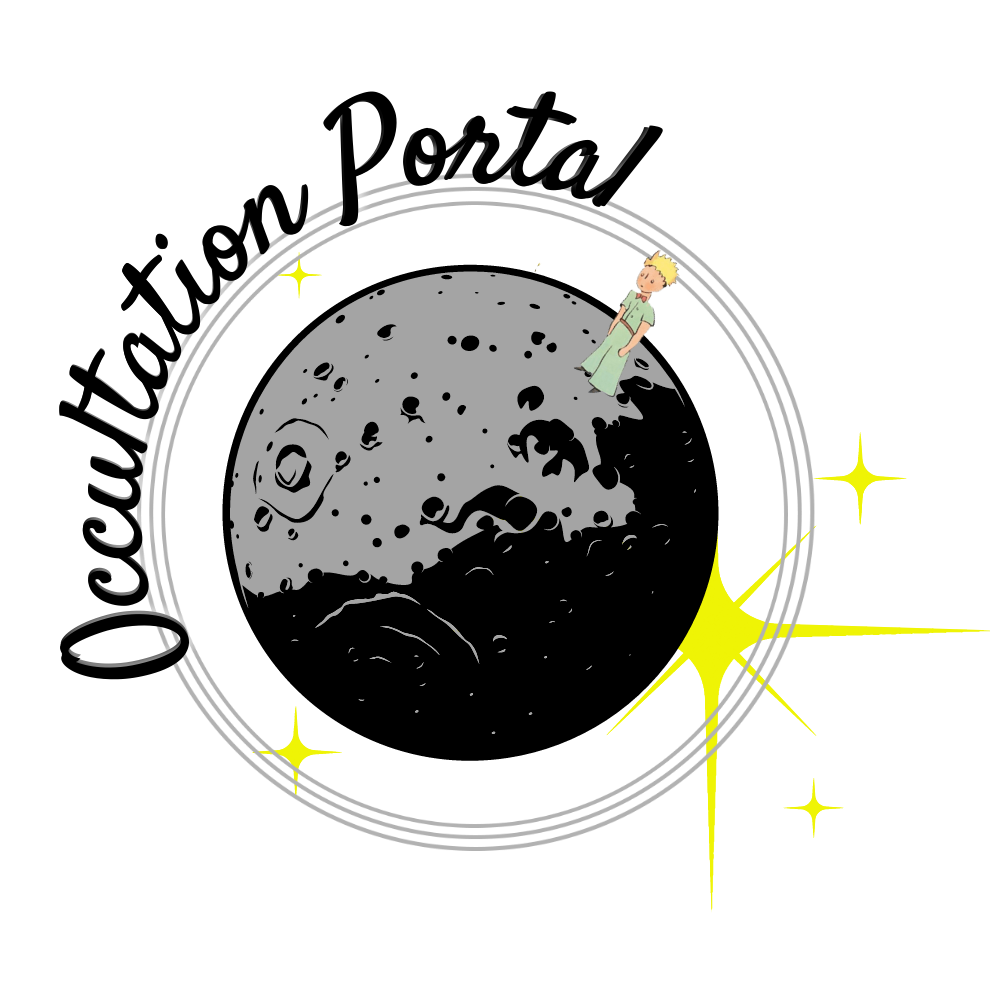The whole story began when I (Y. Kilic) met my Ph.D. co-supervisor Dr. Felipe Braga-Ribas during the Summer School on Astrometry and Astrometry Now and in the Future held at TÜBİTAK National Observatory in Türkiye in 2011. Years later, as our collaboration grew stronger, we discussed how to make stellar occultation campaigns significantly more efficient. With his guidance and invaluable support, the idea that eventually became the Occultation Portal was born.
The stellar occultation technique is a unique and reliable method to investigate the size, shape, and environment around Solar System objects. One of the indispensables of this technique is multi-chord observations. Sometimes collecting observational data and equipment details from observers affects prolonged research time. For this reason, we aimed to create a common online platform where the needed data will be collected and analyzed (producing light curves/photometry) in a single center for ongoing campaign observations.
Occultation Portal is a web-based astronomical archive and analysis platform for the fast, efficient, and centralized management of occultation observation campaigns coordinated by the Lucky Star Project. This platform is a scientific initiative conducted in partnership with the LIRA - Observatoire de Paris PSL (France), Instituto de Astrofísica de Andalucía (Spain), and The Federal University of Technology – Paraná (Brazil).
For detailed information about the Occultation Portal's software design and architecture, you can review the presentation at the 39th ESOP: PDF - Video
For academic use, please cite the paper: Y Kilic, F Braga-Ribas, M Kaplan, O Erece, D Souami, M Dindar, J Desmars, B Sicardy, B E Morgado, M N Shameoni, F L Rommel, A R Gomes-Júnior, Occultation portal: A web-based platform for data collection and analysis of stellar occultations, Monthly Notices of the Royal Astronomical Society, Volume 515, Issue 1, September 2022, Pages 1346–1357, DOI | NASA/ADS.
Occultation Portal is a web-based astronomical archive and analysis platform for the fast, efficient, and centralized management of occultation observation campaigns coordinated by the Lucky Star Project. This platform is a scientific initiative conducted in partnership with the LIRA - Observatoire de Paris PSL (France), Instituto de Astrofísica de Andalucía (Spain), and The Federal University of Technology – Paraná (Brazil).
For detailed information about the Occultation Portal's software design and architecture, you can review the presentation at the 39th ESOP: PDF - Video
For academic use, please cite the paper: Y Kilic, F Braga-Ribas, M Kaplan, O Erece, D Souami, M Dindar, J Desmars, B Sicardy, B E Morgado, M N Shameoni, F L Rommel, A R Gomes-Júnior, Occultation portal: A web-based platform for data collection and analysis of stellar occultations, Monthly Notices of the Royal Astronomical Society, Volume 515, Issue 1, September 2022, Pages 1346–1357, DOI | NASA/ADS.
This project is powered by the following FREE/open source softwares.

|
||
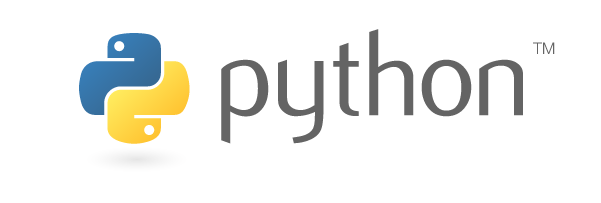
|

|

|
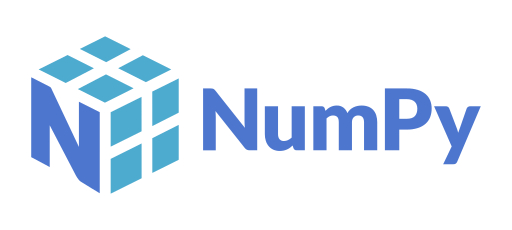
|

|

|
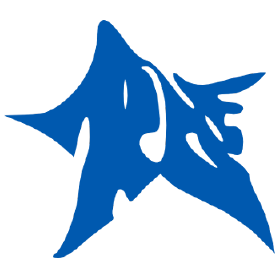
|
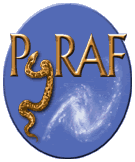
|
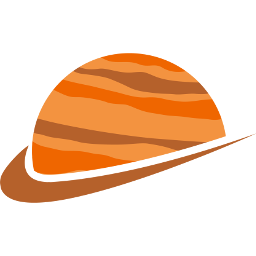
|

|

|
JS9 |

|

|
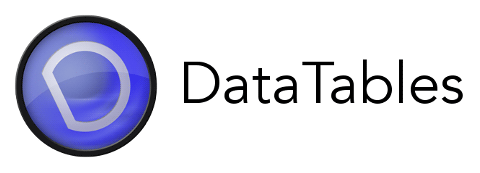
|
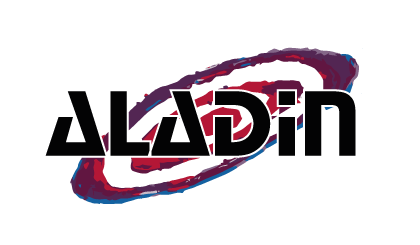
|
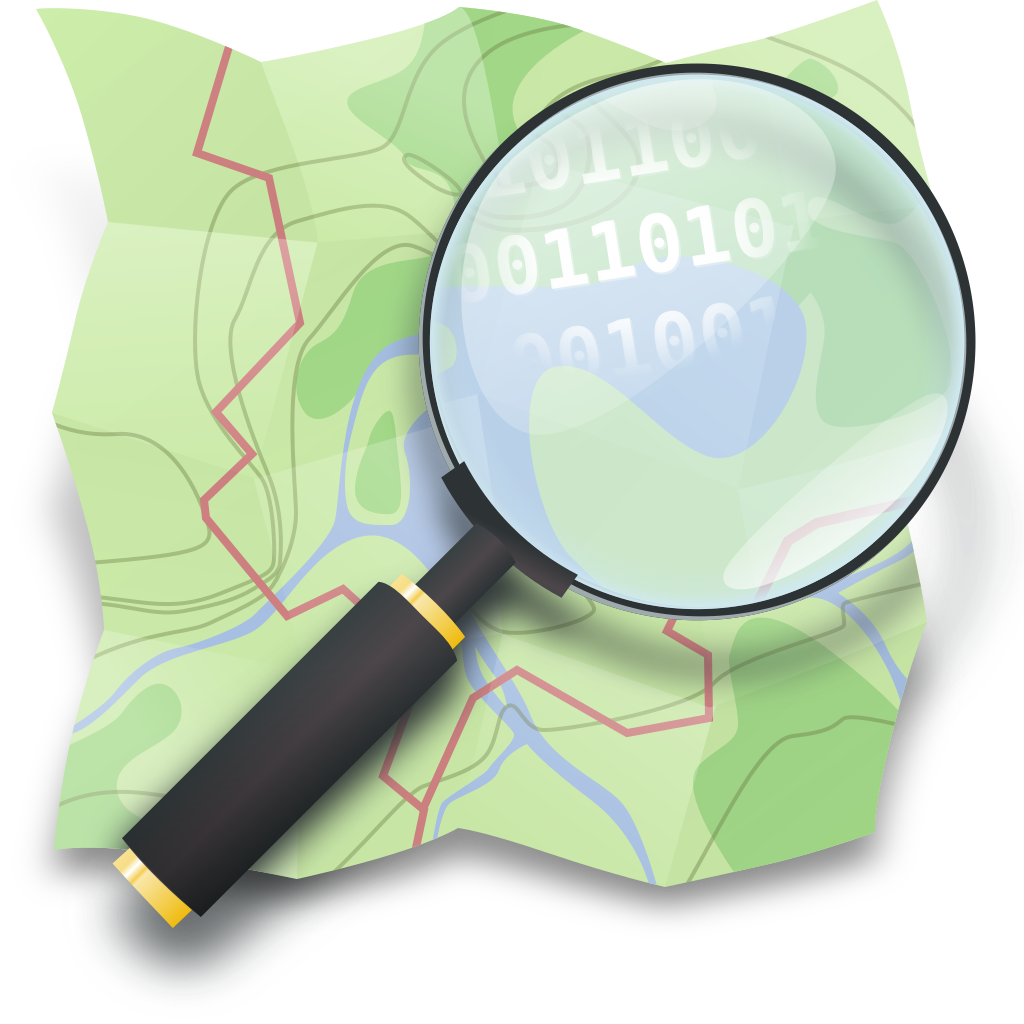
|
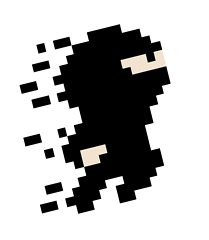
|

|
We would like to thank
Lucky Star Project/LIRA - Observatoire de Paris PSL (France),
Instituto de Astrofísica de Andalucía (Spain) and
The Federal University of Technology – Paraná (Brasil)
for their support of this project.
Support for hardware and infrastructure is made available through the following institutions: Paris (France): PADC - Paris Astronomical Data Centre, and DIO - Data and Information Observatory at Observatoire de Paris PSL. Granada (Spain): IAA-CSIC - Instituto de Astrofísica de Andalucía.
Former supporters include Akdeniz University (Türkiye), Scientific and Technological Research Council of Türkiye (TÜBİTAK), and Türkiye National Observatories.
I would like to thank my colleagues; Felipe Braga-Ribas, Renaud Savalle, Damya Souami, Murat Dindar, Orhan Erece, and Mohammed Niaei Shameoni for always being there for me and supporting me in ensuring sustainability, and H. Aziz Kayıhan for the logo design.
This page is based on the Lowell Minor Planet Services' About Page.
Support for hardware and infrastructure is made available through the following institutions: Paris (France): PADC - Paris Astronomical Data Centre, and DIO - Data and Information Observatory at Observatoire de Paris PSL. Granada (Spain): IAA-CSIC - Instituto de Astrofísica de Andalucía.
Former supporters include Akdeniz University (Türkiye), Scientific and Technological Research Council of Türkiye (TÜBİTAK), and Türkiye National Observatories.
I would like to thank my colleagues; Felipe Braga-Ribas, Renaud Savalle, Damya Souami, Murat Dindar, Orhan Erece, and Mohammed Niaei Shameoni for always being there for me and supporting me in ensuring sustainability, and H. Aziz Kayıhan for the logo design.
This page is based on the Lowell Minor Planet Services' About Page.
Questions or comments can be directed to ykilic [at] iaa.es
